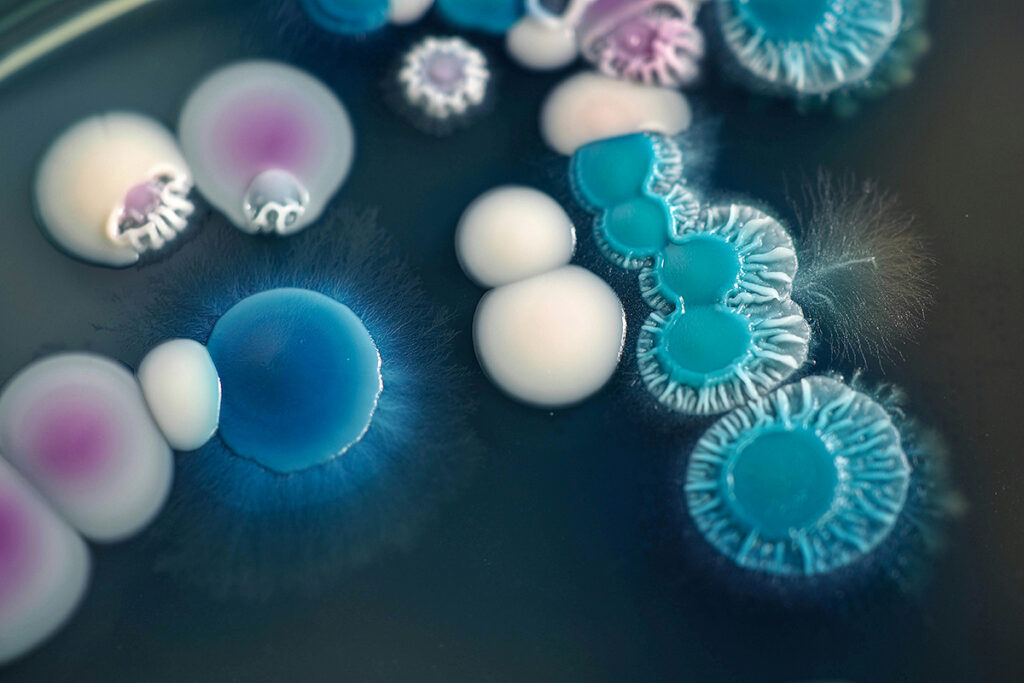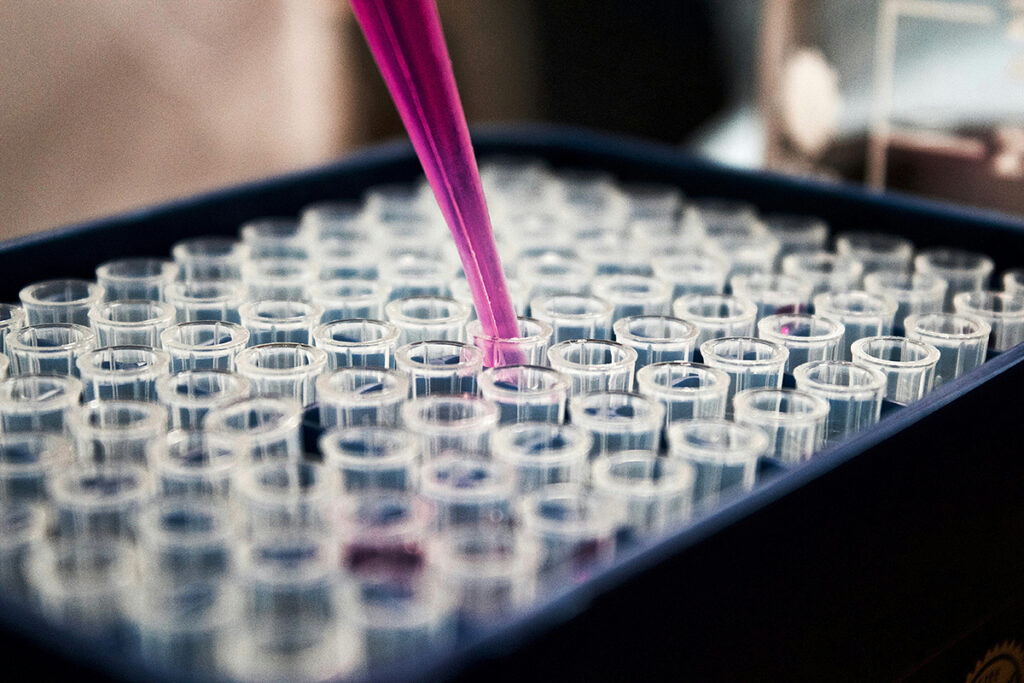Candida fungi are representatives of the normal flora of the human mucosa. Candida causes invasive, fatal infections, particularly candidemia, a fungal blood infection in people with weakened immune systems.
Under certain environmental conditions, the single-celled yeast Candida transforms into a hyphal form that can penetrate tissue. Candida forms a biofilm, an extracellular matrix that adheres to surfaces and protects the fungus from the immune system and antifungal drugs.
Biofilm development begins with the activation of Candida genes:
- HWP1 – encodes a hyphal wall protein;
- ALS genes – encode molecules that facilitate the adhesion of albicans to other cells or surfaces;
- SAP genes – encode enzymes that break down human proteins. These enzymes allow the fungus to survive and cause infections of the mucous membranes, skin and internal organs;
- EFG1 – influences the development of yeast cells.
Iranian scientists investigated the antifungal properties of vitamin D3 against Candida, its effect on biofilm formation and the expression of genes involved in developing fungal infections.
Vitamin D3’s Antifungal Activity
Vitamin D3 has demonstrated antifungal activity against Candida species such as C. albicans, C. tropicalis, C. krusei, C. glabrata, C. dubliniensis, and C. parapsilosis. Concentrations of 1-128 µg/mL of vitamin D3 effectively suppressed Candida growth at 4 to >512 µg/mL concentrations. The highest concentration of vitamin D3 was required to suppress C. dubliniensis, while the least was needed to inhibit C. parapsilosis.
Vitamin D3 Suppresses C. albicans Biofilm Formation
Vitamin D3 at 60 µg/mL reduced biofilm formation by up to 88%. The anti-biofilm activity of vitamin D3 was dose-dependent, with 7.5 µg/mL reducing biofilm formation by 50%.
Influence of Vitamin D3 on Candida Gene Expression
Vitamin D3 significantly altered the expression of Candida albicans genes involved in hyphal growth and biofilm formation. Both low and high concentrations of vitamin D3 substantially increased the activity of the EFG1 gene. Vitamin D3 tripled the activity of the SAP6 gene. The expression of the ALS1 gene increased approximately 12-fold with higher concentrations of vitamin D3. Vitamin D3 had a significant impact on the HWP1 gene. In conditions favoring hyphal growth, levels of expression of the EFG1, ALS1, and SAP6 genes were significantly increased following vitamin D3 treatment.
Conclusion
Vitamin D3 enhances the expression of genes associated with Candida growth and biofilm formation. Oxidative stress and nutrient limitation also increase the expression of genes related to the growth and development of C. albicans and their ability to adhere to cells. This adaptation occurs as C. albicans survives during antifungal therapy and under stress conditions induced by vitamin D3 administration.
Vitamin D3 exhibits antifungal activity against Candida and suppresses biofilm formation. As Candida biofilms are resistant to antifungal drugs, vitamin D3 can prevent biofilm formation, thereby increasing the efficacy of standard candidiasis treatment.
Useful article, necessary information? Share it!
Someone will also find it useful and necessary:
Reference
Vitamin D3: A promising antifungal and antibiofilm agent against Candida species



